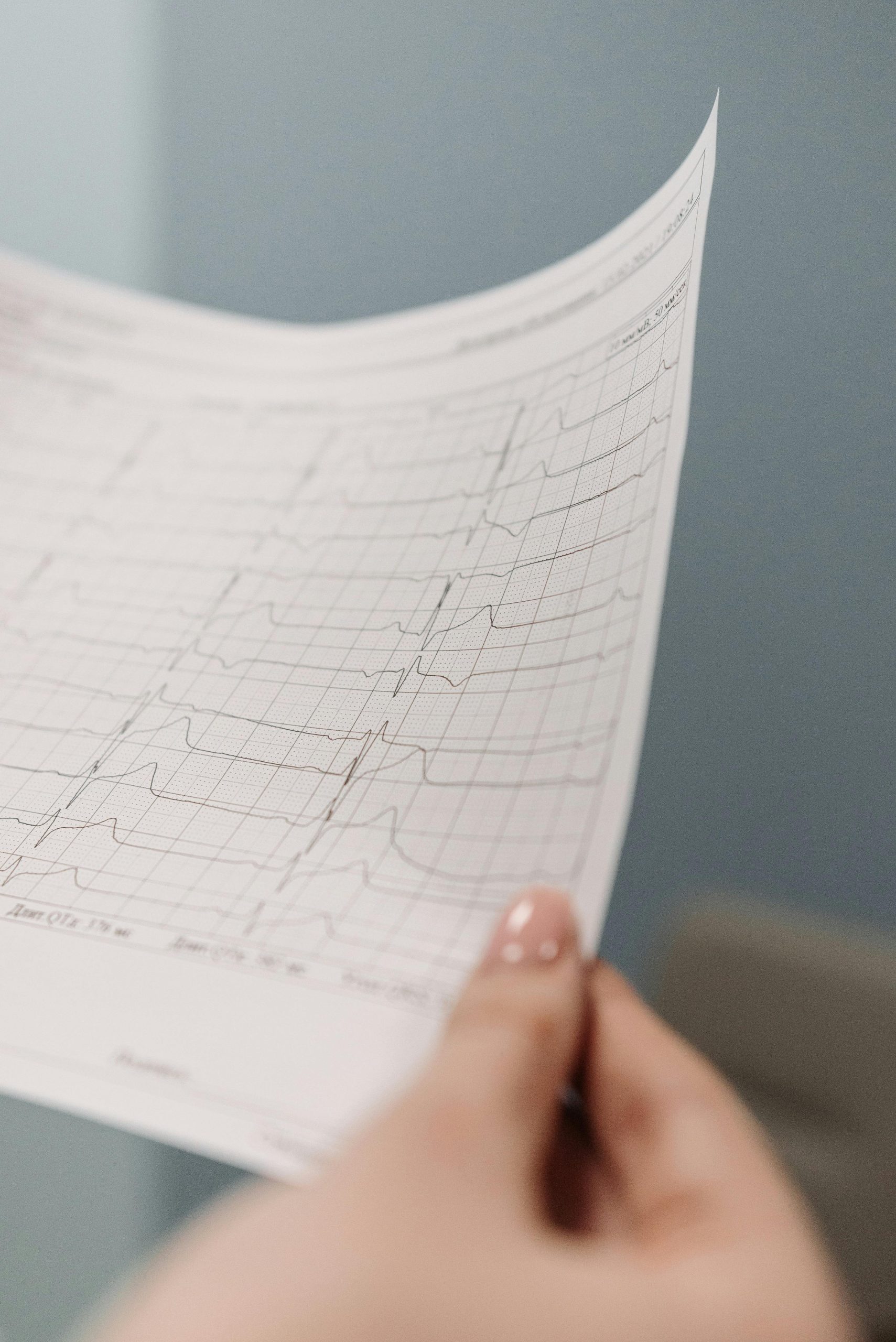The healthcare industry is undergoing a seismic shift, thanks to the rapid advancements in artificial intelligence (AI). One of the most transformative applications of AI is in patient diagnostics, where machine learning algorithms and deep learning models are automating and enhancing the accuracy of medical assessments. Hospitals worldwide are adopting AI-powered tools to streamline workflows, reduce human error, and deliver faster, more precise diagnoses. This revolution is not just improving patient outcomes—it’s reshaping the future of healthcare.
The Role of AI in Modern Diagnostics
AI is revolutionizing diagnostics by analyzing vast amounts of medical data with unprecedented speed and accuracy. Traditional diagnostic methods often rely on manual interpretation of lab results, imaging scans, and patient histories, which can be time-consuming and prone to human error. AI, however, can process these datasets in seconds, identifying patterns and anomalies that might be missed by even the most experienced clinicians.
For example, AI-powered imaging tools can detect early signs of diseases like cancer, stroke, or heart conditions from X-rays, MRIs, and CT scans. These systems use deep learning to compare new images with thousands of previous cases, providing radiologists with actionable insights. Similarly, natural language processing (NLP) algorithms can sift through electronic health records (EHRs) to flag potential risks or suggest personalized treatment plans.
Key Benefits of AI in Patient Diagnostics
The integration of AI into hospital diagnostics offers several compelling advantages:
- Speed and Efficiency: AI reduces the time required for diagnosis, enabling faster treatment and improving patient outcomes.
- Enhanced Accuracy: Machine learning models minimize diagnostic errors, leading to more reliable results.
- Cost Savings: By automating routine tasks, hospitals can allocate resources more effectively, reducing operational costs.
- Personalized Medicine: AI analyzes individual patient data to recommend tailored treatment plans, improving care quality.
- Early Detection: AI identifies subtle signs of disease early, increasing the chances of successful intervention.
These benefits are particularly critical in high-pressure environments like emergency rooms, where quick and accurate diagnostics can mean the difference between life and death.
Real-World Applications of AI in Hospitals
Hospitals are already leveraging AI in groundbreaking ways. Here are a few notable examples:
1. Radiology and Imaging
AI algorithms are transforming radiology by automating the analysis of medical images. Tools like IBM Watson Health and Google’s DeepMind can detect tumors, fractures, and other abnormalities with high precision, assisting radiologists in making faster, more accurate diagnoses.
2. Pathology
AI-powered digital pathology platforms analyze tissue samples to identify cancerous cells or other anomalies. These systems reduce the workload on pathologists and improve diagnostic consistency.
3. Cardiology
AI is being used to interpret ECGs and echocardiograms, predicting heart disease risk and helping cardiologists make informed decisions. For instance, the FDA-approved AI tool Eko analyzes heart sounds to detect murmurs and arrhythmias.
4. Neurology
In stroke care, AI-driven software like Viz.ai analyzes brain scans to detect blockages or bleeds, alerting specialists immediately to expedite treatment.
Challenges and Ethical Considerations
Despite its potential, AI in diagnostics is not without challenges. Key concerns include:
- Data Privacy: AI systems require access to vast amounts of patient data, raising concerns about security and confidentiality.
- Bias in Algorithms: If trained on non-diverse datasets, AI models may produce biased results, disproportionately affecting underrepresented groups.
- Regulatory Hurdles: Ensuring AI tools meet regulatory standards (like FDA approval) is a complex and time-consuming process.
- Human Oversight: While AI can assist, it cannot replace the expertise and judgment of healthcare professionals.
Addressing these challenges requires collaboration between technologists, clinicians, and policymakers to ensure AI is used responsibly and equitably.
The Future of AI in Diagnostics
The future of AI in patient diagnostics is incredibly promising. Emerging technologies like federated learning (which allows AI models to train on decentralized data without compromising privacy) and explainable AI (which makes AI decisions more transparent) are set to further enhance diagnostic capabilities.
Moreover, as AI becomes more integrated with wearable devices and telemedicine platforms, patients will benefit from continuous, real-time monitoring and early warnings of potential health issues. The ultimate goal is a healthcare system where AI and human expertise work hand-in-hand to deliver the best possible care.
In conclusion, AI is revolutionizing patient diagnostics in hospitals, offering faster, more accurate, and personalized healthcare solutions. While challenges remain, the potential for AI to save lives and improve outcomes is undeniable. As technology continues to evolve, the partnership between AI and healthcare professionals will only grow stronger, ushering in a new era of medical excellence.
